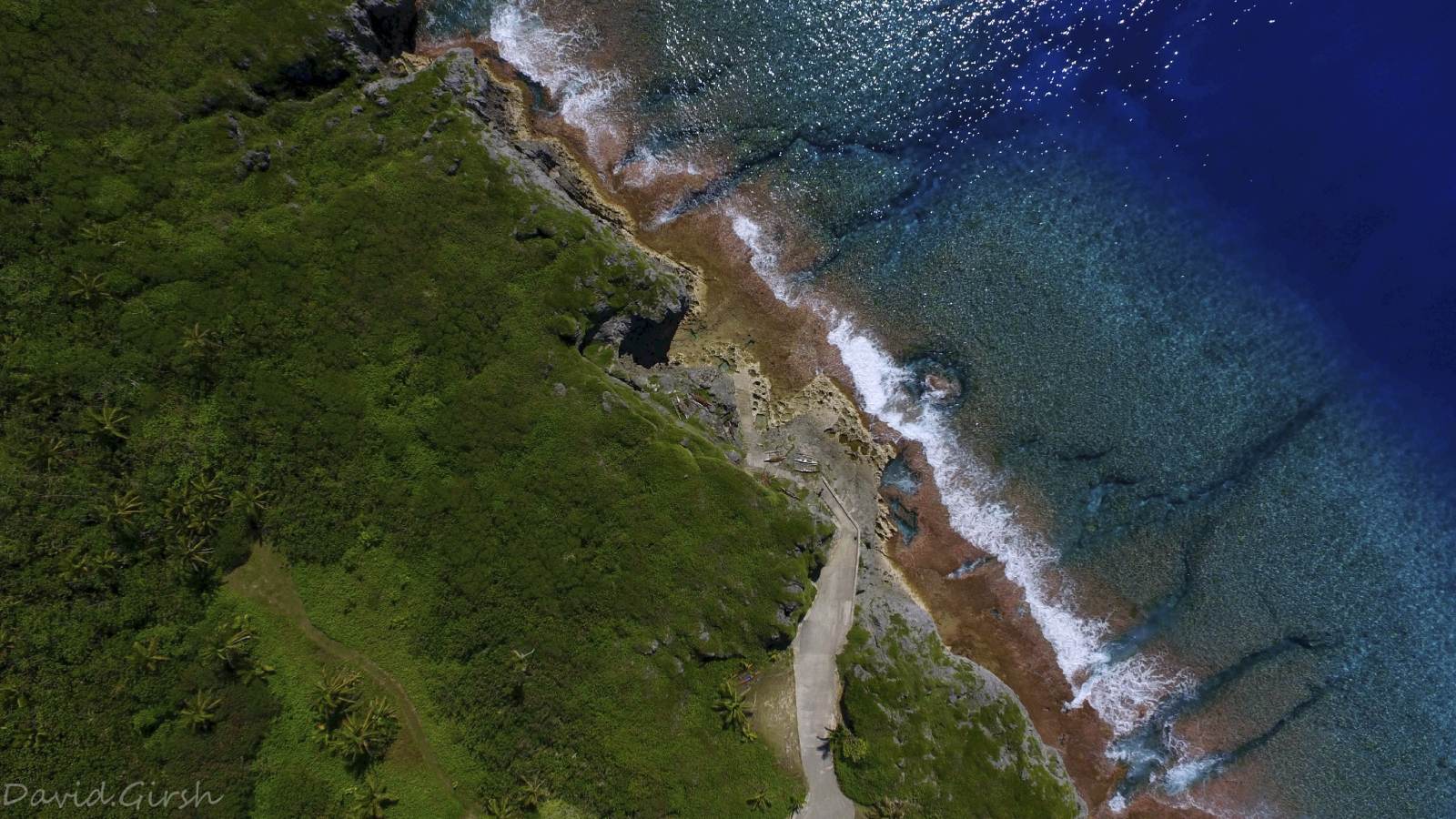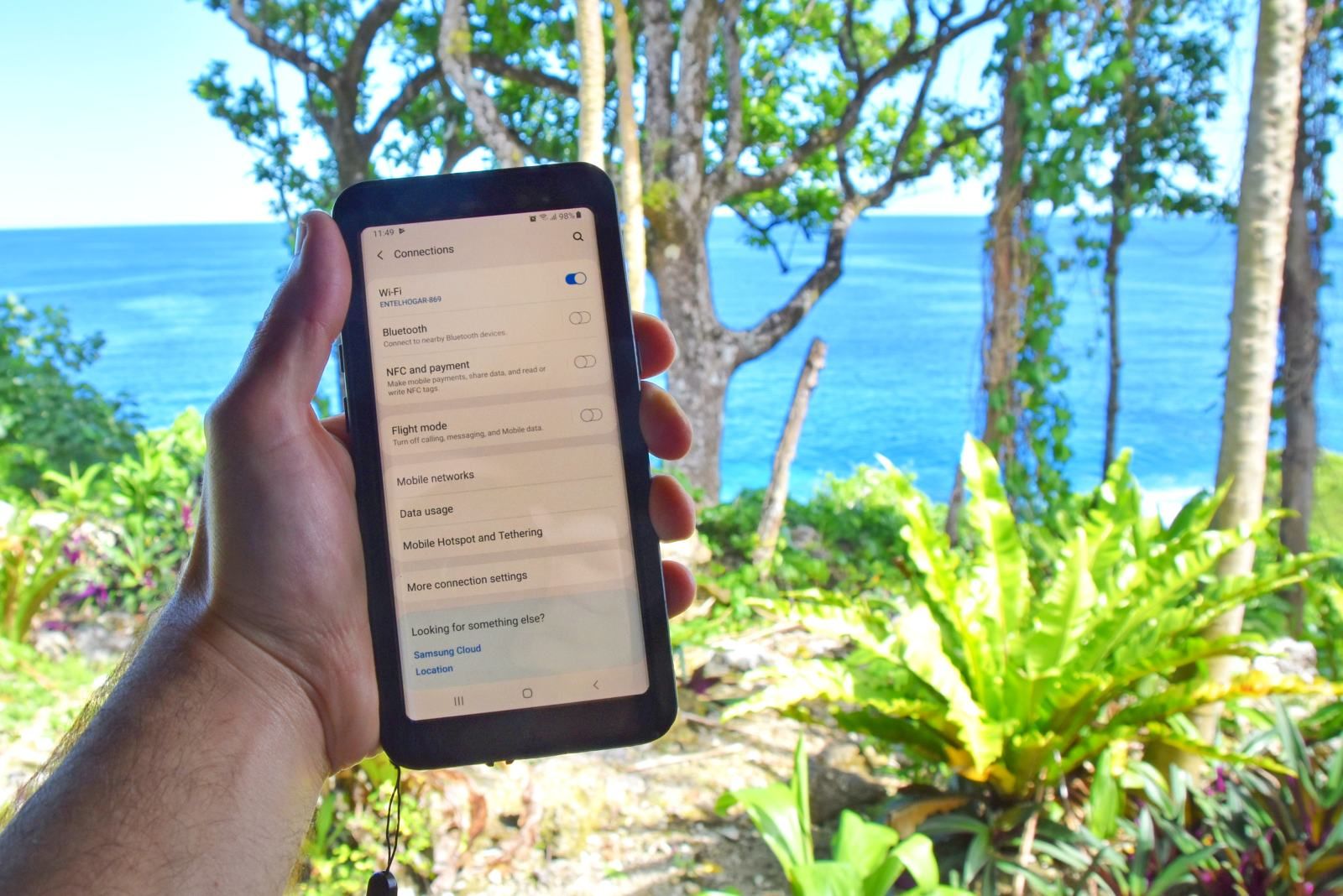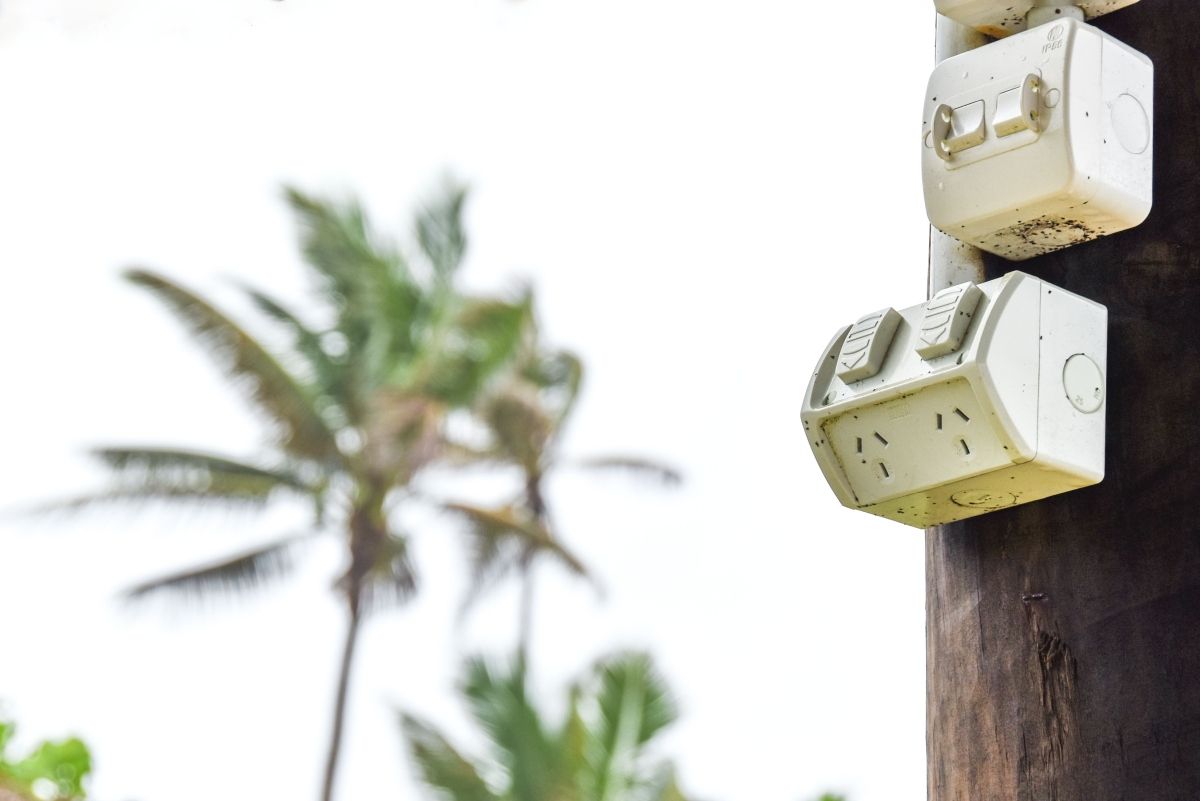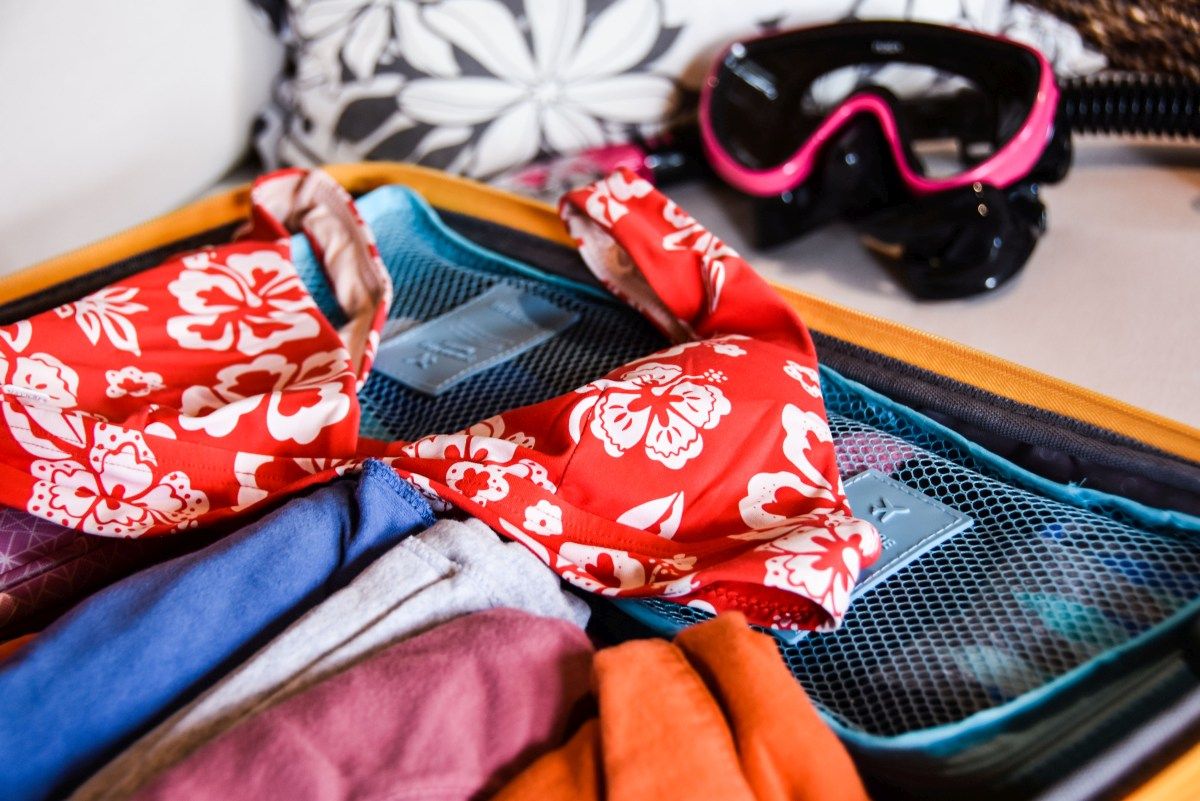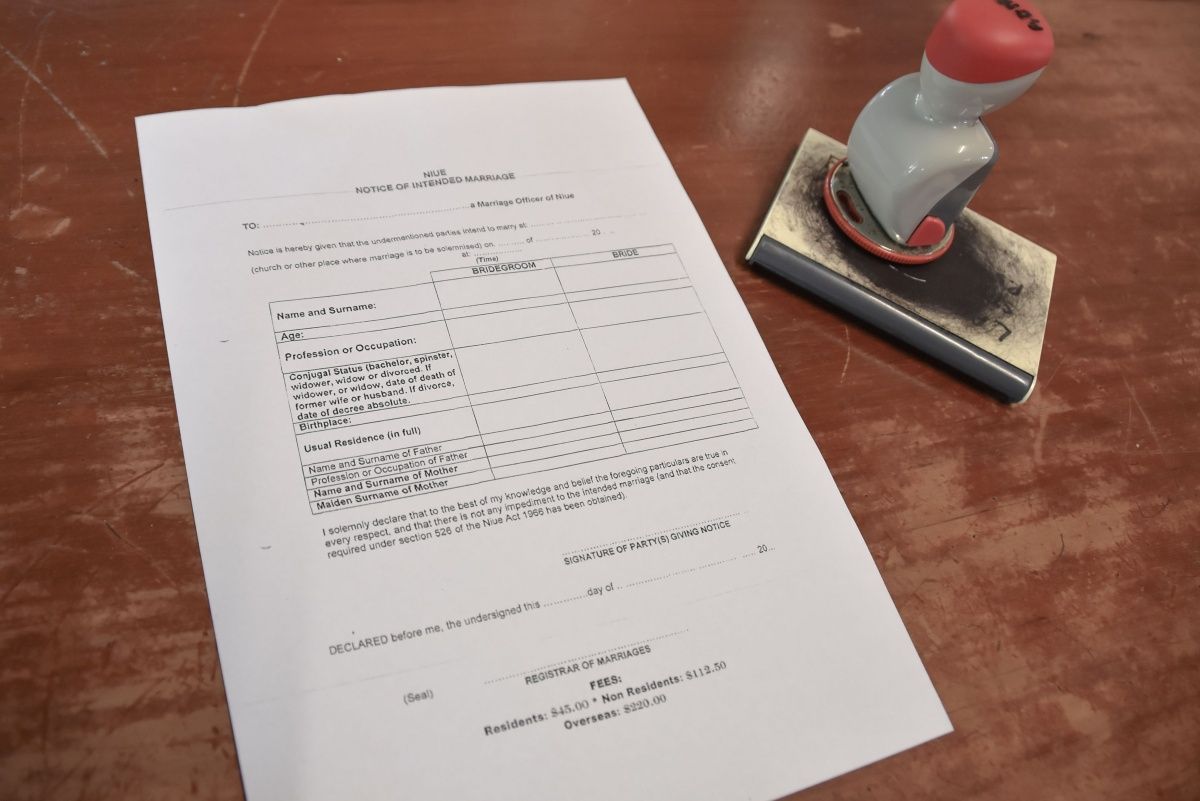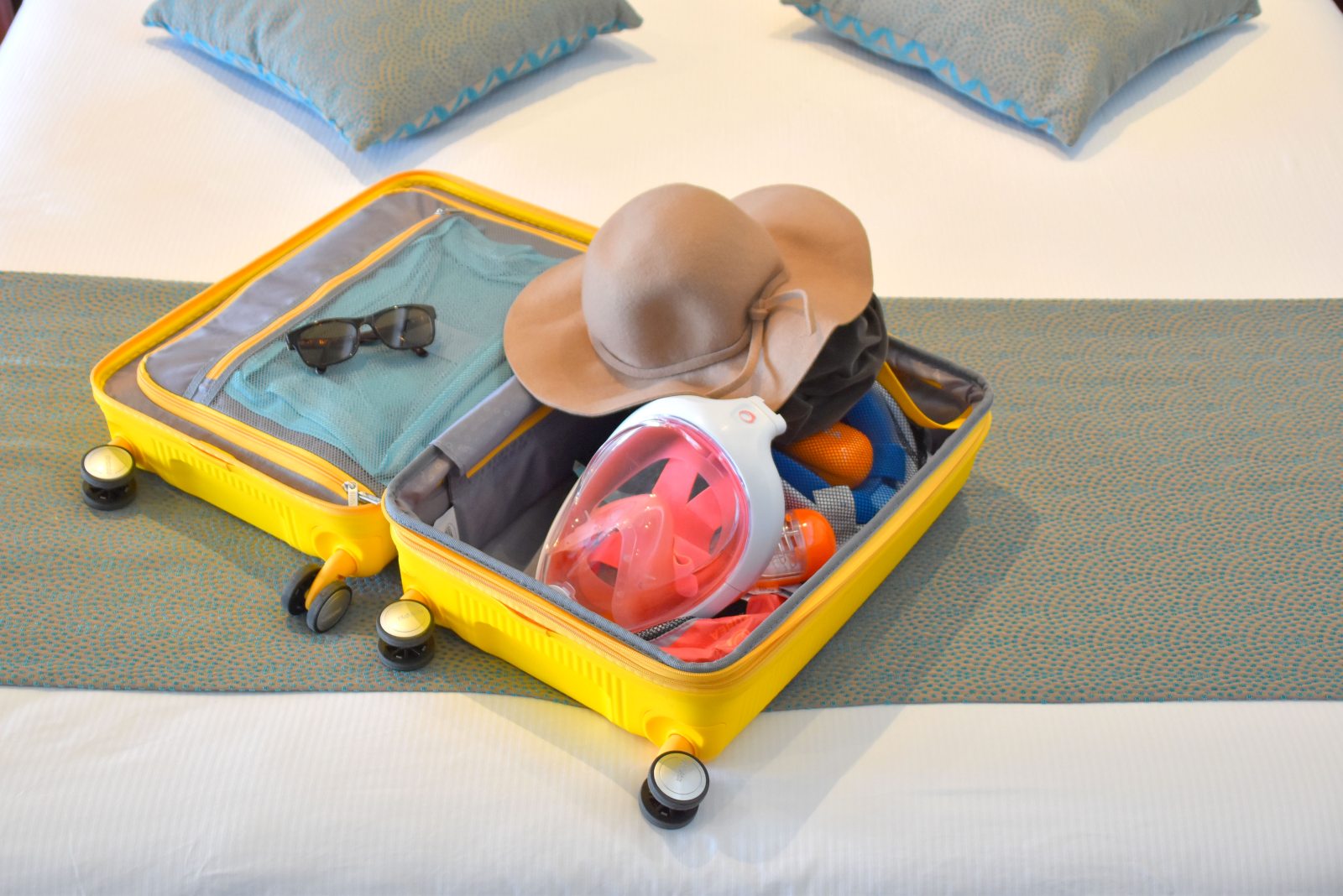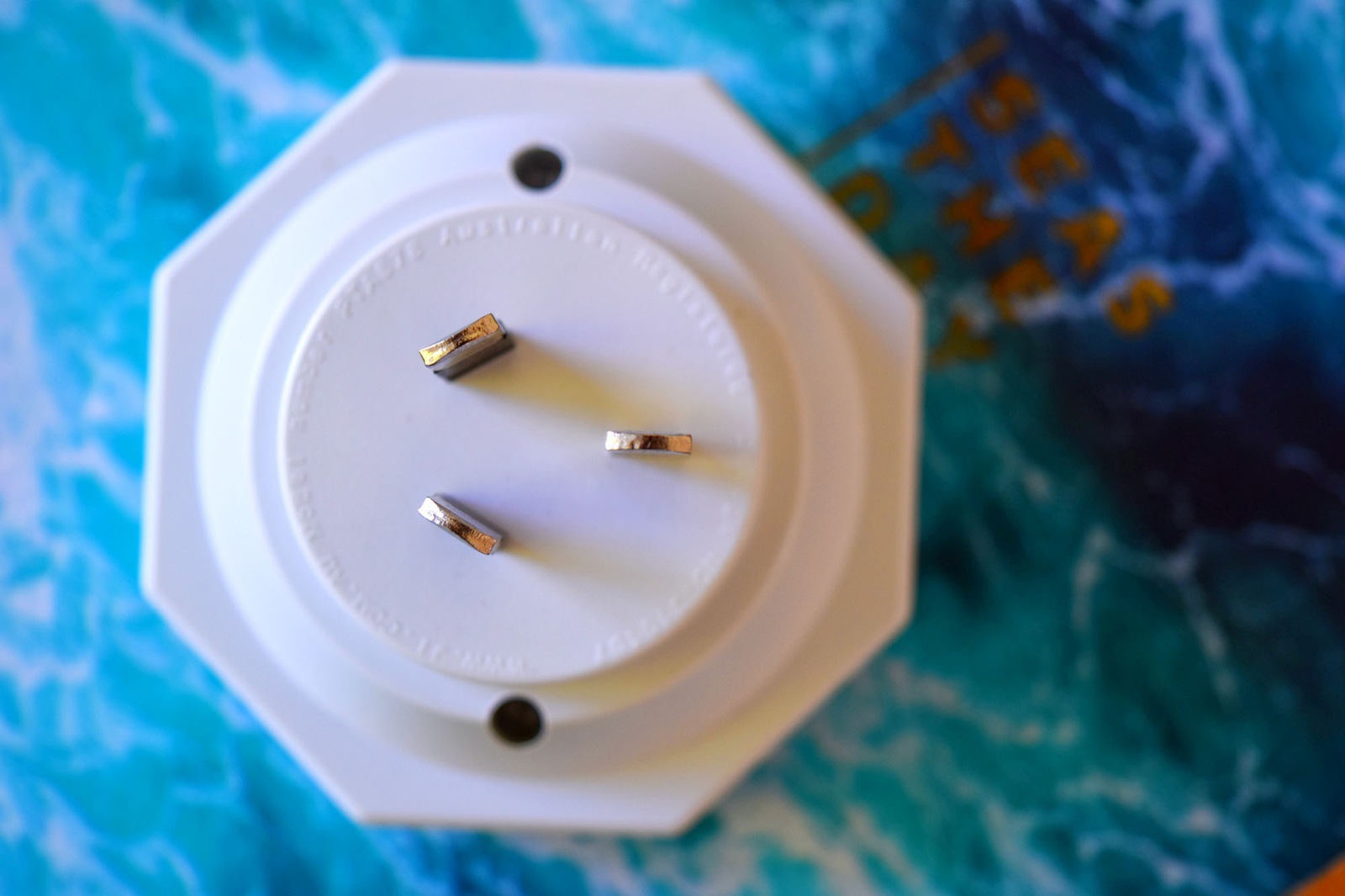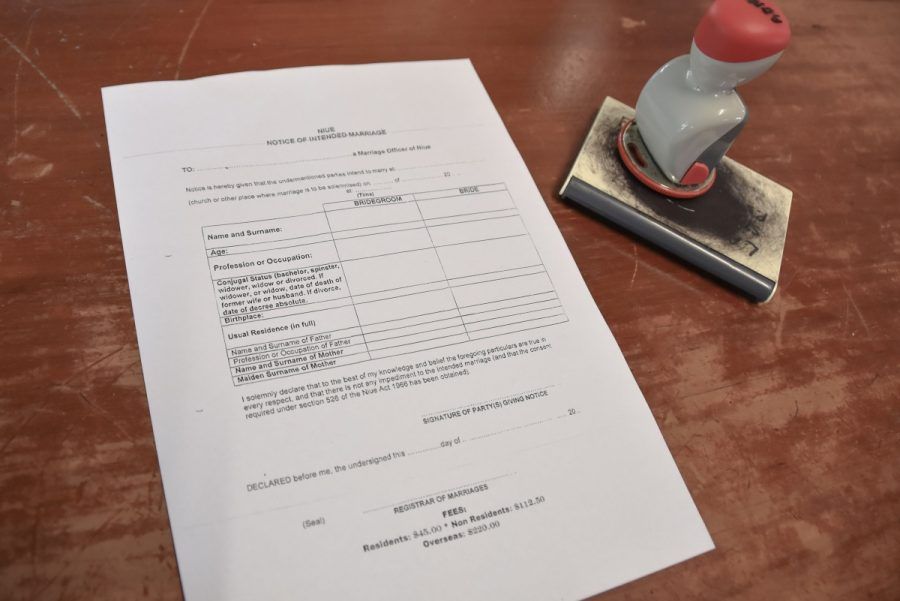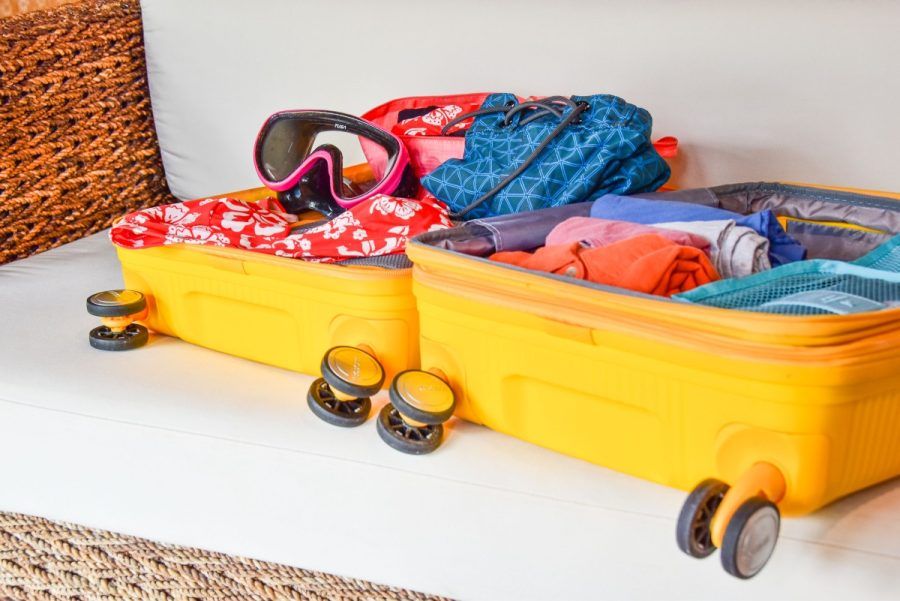The Formation of Niue: The World’s Largest Raised Coral Atoll
Niue is an unusual island. Unlike its South Pacific neighbours, it’s not an archipelago of islands with soft sandy beaches or volcanoes. It’s a sole island which is a raised coral atoll – one of the largest in the world. Find out more about how Niue was formed and the geology of Niue with this guide.
For more about Niue, check out other frequently asked questions like Who are the People of Niue? and What is the Niue Language?
The Geography of Niue
Niue is a 269 km2 (104 mi2) island. This island is the only land area of Niue, while the nation also includes three outlying coral reefs:
- Beveridge Reef
- Antilope Reef
- Haran Reef
As a coral atoll, Niue’s terrain consisted of steep limestone cliffs surrounding a central plateau with its highest point reaching 69 m (226 ft). A reef surrounds the roughly oval-shaped island with the only large break in the reef being close to the capital, Alofi, on the central west coast.
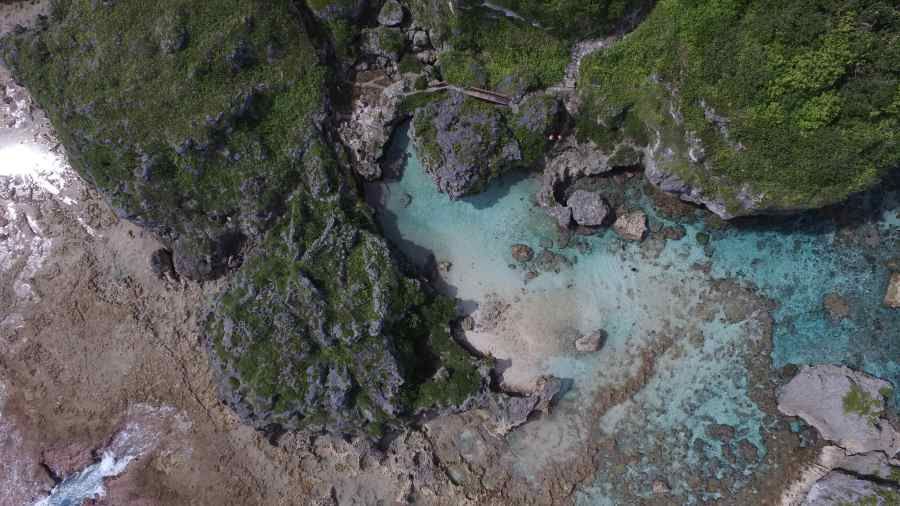 © David Girsh - Niue Tourism
© David Girsh - Niue TourismHow Was the Island of Niue Formed?
Niue is a raised coral atoll. In fact, it is the world’s largest raised coral atoll. Coral atolls form when a coral reef grows on an underwater volcanic peak.
In the case of Niue, it was an ancient volcano that rose above sea level before becoming extinct. The cone of the volcano was eroded by the weather and waves. The volcano itself started to shrink as it cooled, while a coral reef formed on top of the peak. This reef is known as the Mutulau Reef after Niue’s current highest point.
When Was Niue Formed?
Although the date Niue was formed is still uncertain, it is thought that it formed during the Pleistocene Epoch (1.6 million years ago to 10,000 years ago). This estimation is based on the Pliocene-Pleistocene fossils found on the island.
 © David Girsh - Niue Tourism
© David Girsh - Niue TourismThe Formation of the Alofi Terrace
The formation of Niue doesn’t end with the uplifting of the coral reef some million years ago. The Alofi Terrace, now the 20-30 m (65-98 ft) high terrace surrounding what was once the Mutulau Reef, is thought to have formed around 120,000 years ago, adding to Niue’s current landmass.
As the sea level fell during the last ice age, it exposed more of the reef that had been forming around Niue.
There was then one final time when the sea level dramatically rose at the end of the last ice age, laying down more reef. This final reef formed Niue’s wave-cut terraces around the edge of the island.
Today, a reef encircles the island with only one major gap near the coast of Alofi.
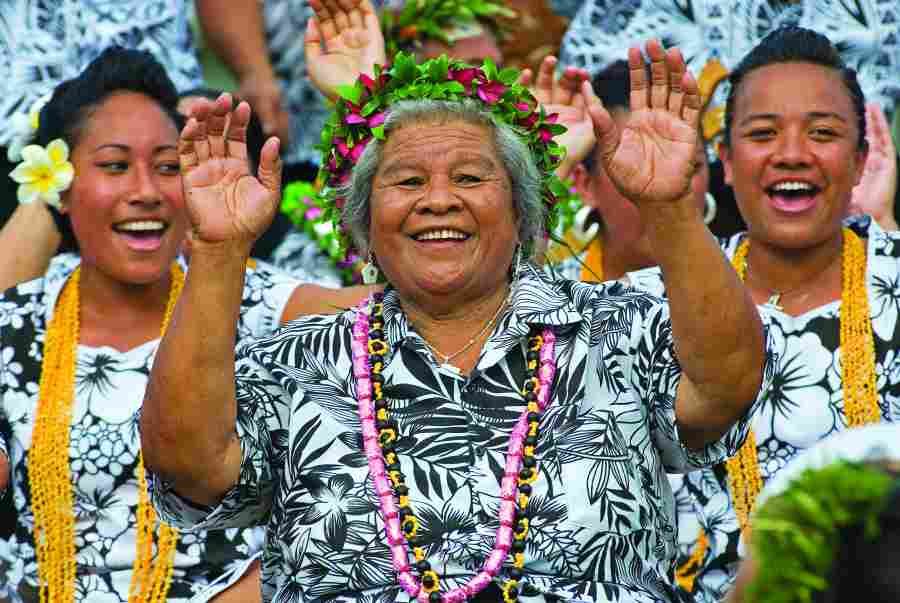 © Niue Tourism
© Niue TourismThe Creation Story of Niue
As for the mythical creation of Niue, Niueans tell the story of how five gods discovered the island.
The story goes, Fao, Huanaki, Lageiki, Lagiatea, and Talimainuku (Fakahoku) found the small reef in the ocean. They bailed water off the reef, bringing forth more and more dry land until there was plenty to live on.
The god Fao was the first to bring humans to Niue. Some say that he had two children called Avatele and Malotele, while others believe he went to Fonuagalo and brought back a couple whose names were Avatele and Kavatele.
Read the full version of the story in the Journal of the Polynesian Society in 1903.
Additionally, learn more about the local culture in The Guide to the Niuean Culture for Travellers and the 10 Best Ways to Experience the Niue Culture.
More About the Formation of Niue
That’s it for our guide to the formation of Niue and the geology of Niue. For more common questions about the island, take a look at the following guides:
Finally, find out more interesting tidbits about the island in the 10 Fun Facts About Niue.

Author
Robin C.
This article was reviewed and published by Robin, the co-founder of Niue Pocket Guide. He has lived, worked and travelled across 16 different countries before settling in the South Pacific, so he knows a thing or two about planning the perfect trip in this corner of the world. He is also consulting regularly with Niue Tourism to ensure content accuracy. Robin is also the co-founder of several other South Pacific travel guides and is a regular host of webinars with the South Pacific Tourism Organisation.
